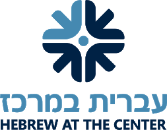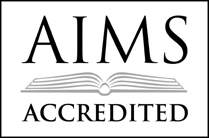Milton Second Grade Scientists contributing to NASA ExoLab Experiment
May 7, 2021 by
Second grade scientists from Milton Gottesman Jewish Day School are contributing to a NASA scientific experiment. The elementary school students are participating in the ExoLab-8 Plant Experiment. Recently, red clover seeds and symbiotic rhizobia bacteria headed to space, to be grown on the International Space Station (ISS). Milton was one of the schools from around the globe selected for the mission to grow red clover plants in the classroom as part of the ground control experiment, allowing scientists to compare growth in microgravity vs. the 1G environment of Earth. On National Space Day, May 7, Milton second graders launched into the experiment. The students unpacked their ExoLab kits, made a list of the materials that came in the pack, drew the materials in their science books, and drafted their own hypothesis whether the red clover would be able to grow in space without natural sunlight or water. Today, the second grade classrooms became laboratories as children mixed hot water with agar powder (a plant-based gelatin agent), stirred it, and watched the process of it solidifying. The mixture was poured into each child’s ExoLab container, which will become their mini-laboratory. As part of the experiment, the children mixed rhizobia powder (a nitrogen soil agent) with 30ml cold water using a pipette (science equipment to measure liquid). In a few days, the children will add the red clover seeds and begin the four-week scientific observation process.
As mission participants, Milton students will have a virtual field trip experience to the ISS, access NGSS-aligned STEM content, and analyze data and images of the flight experiment while it’s on the station. Milton students will meet with Ted Tagami, Director of Education for the International Space Station and founder of ExoLab, to ask questions and to talk and share their experiment observations. These students are simultaneously learning in person and distance learning by connecting to an orbital classroom 250 miles above the Earth.






